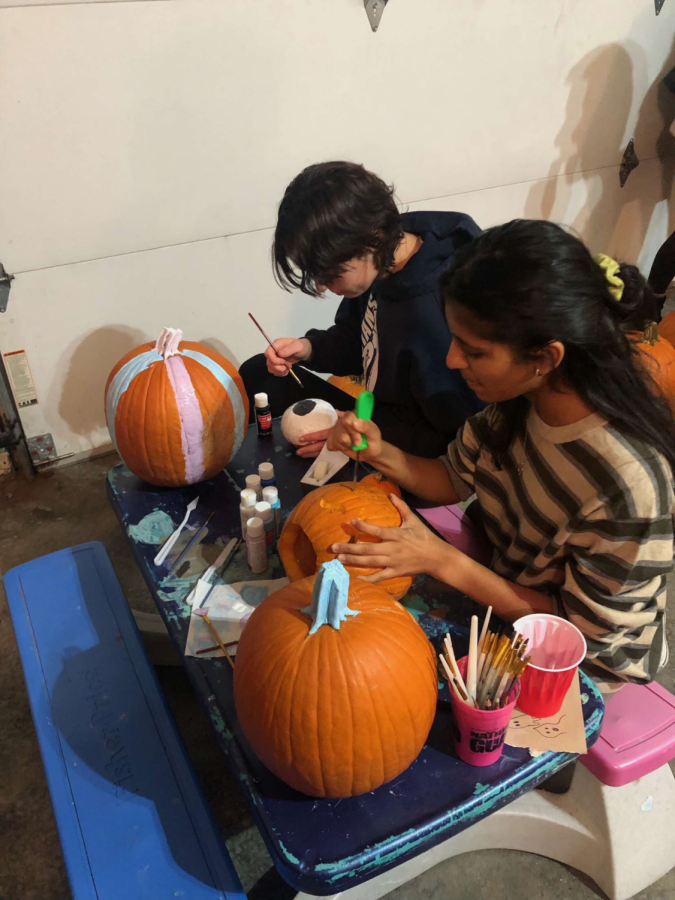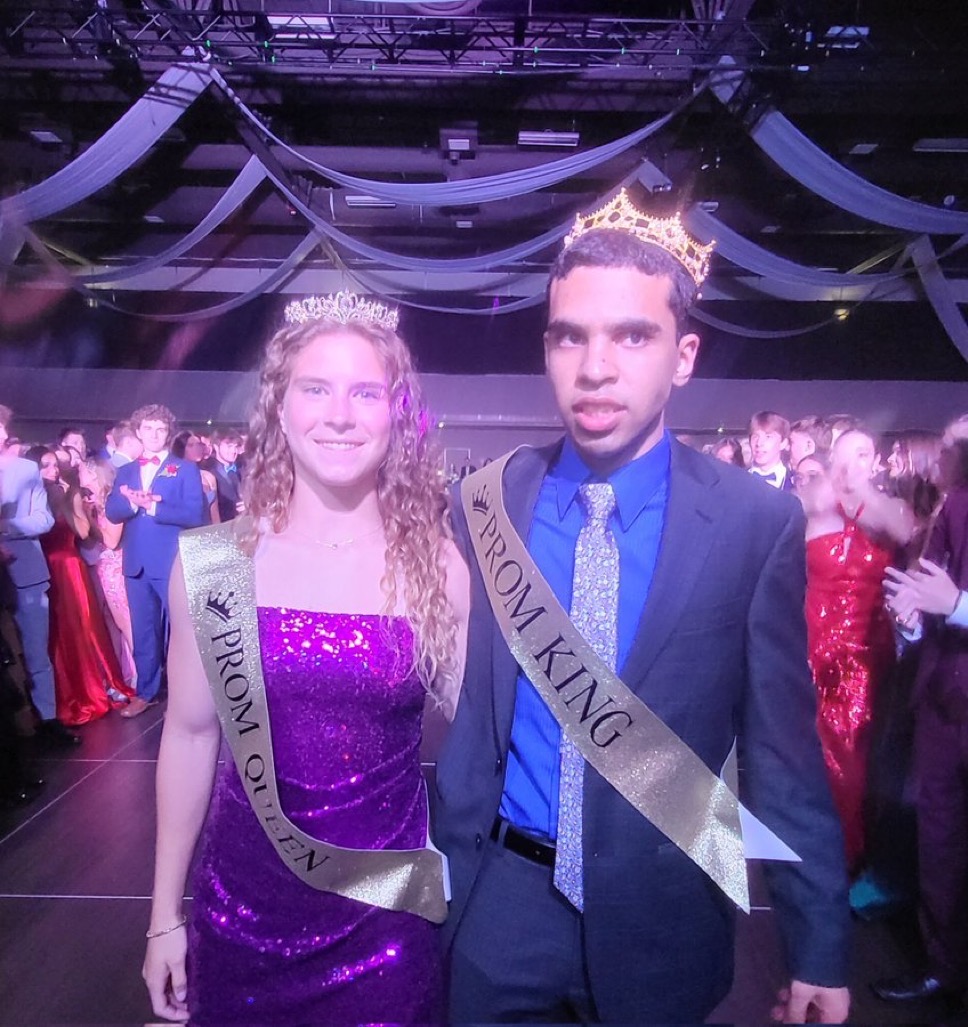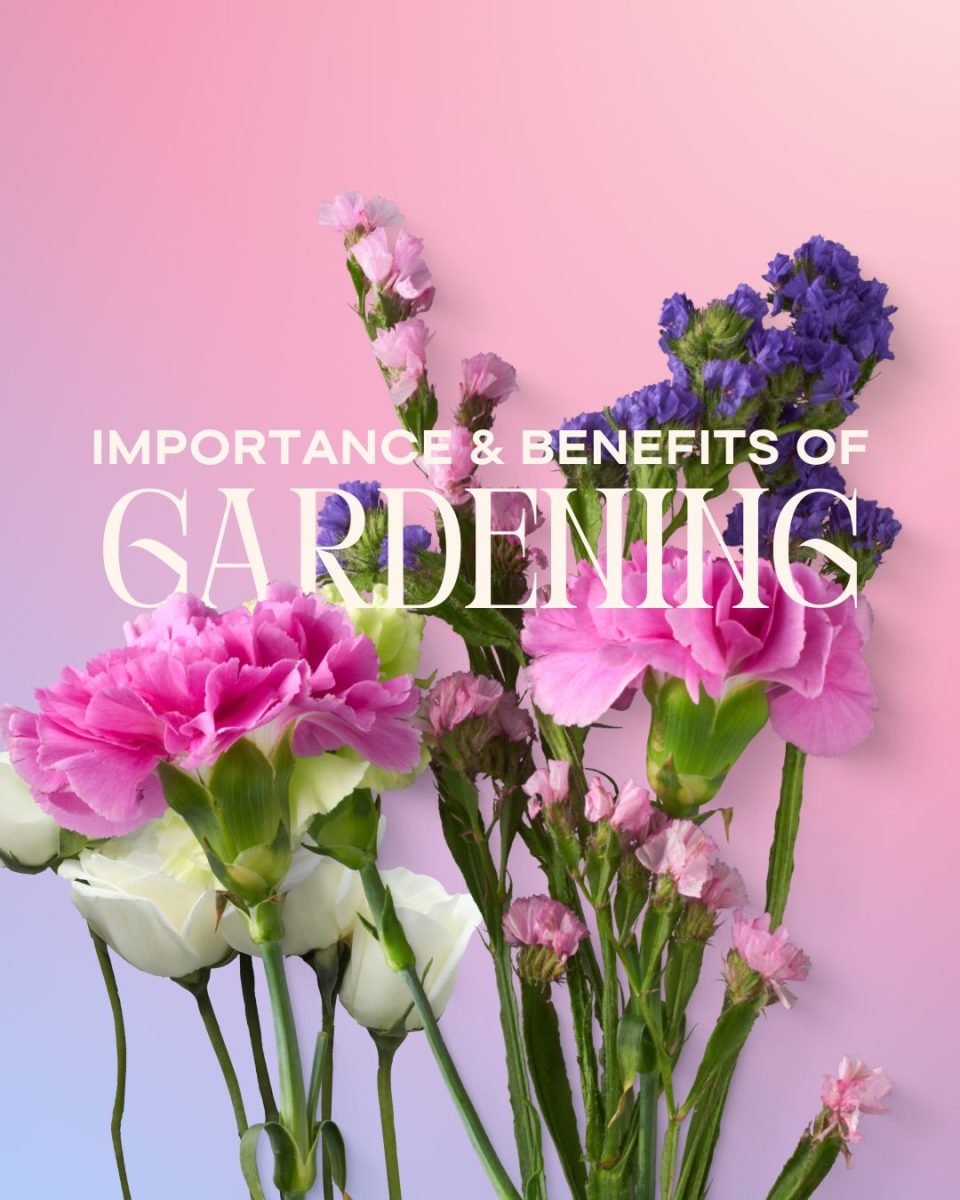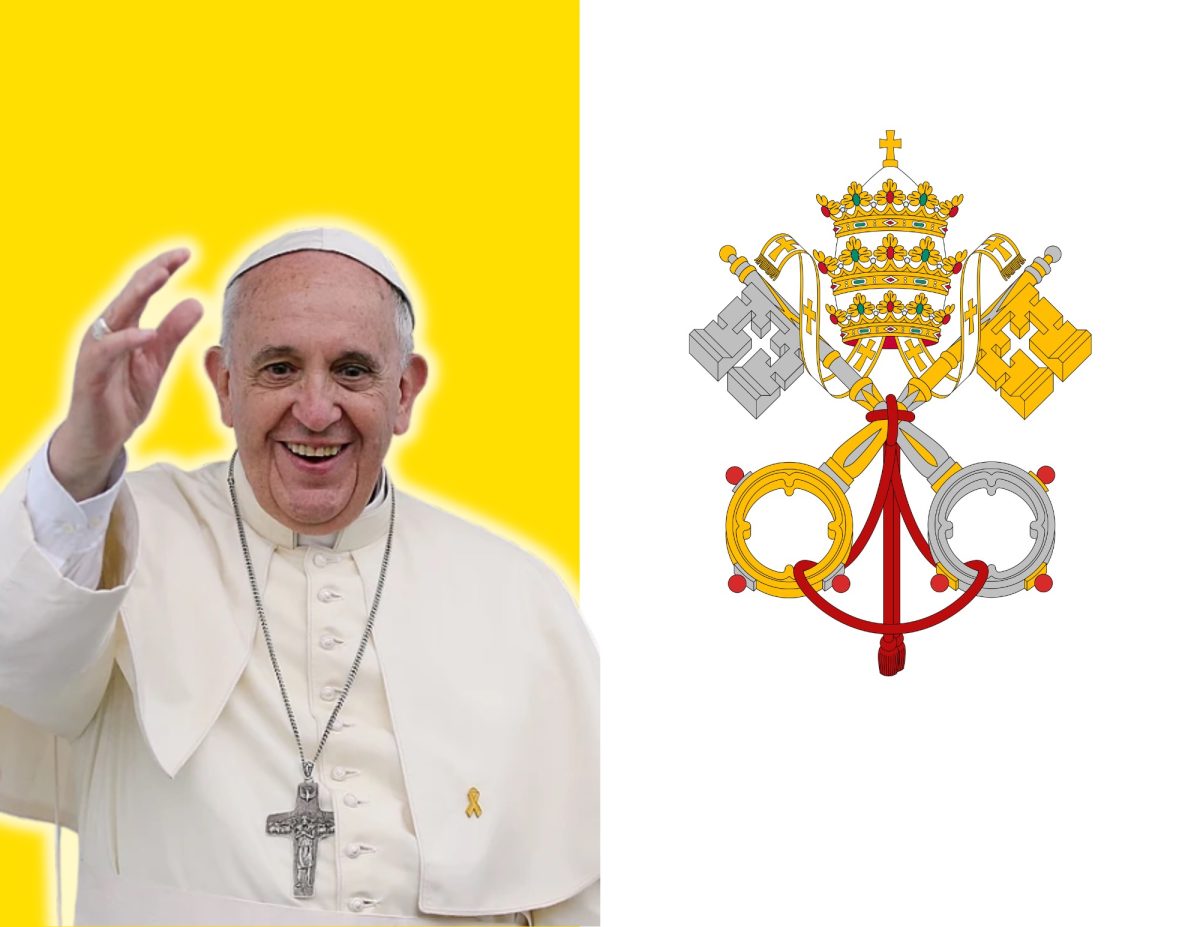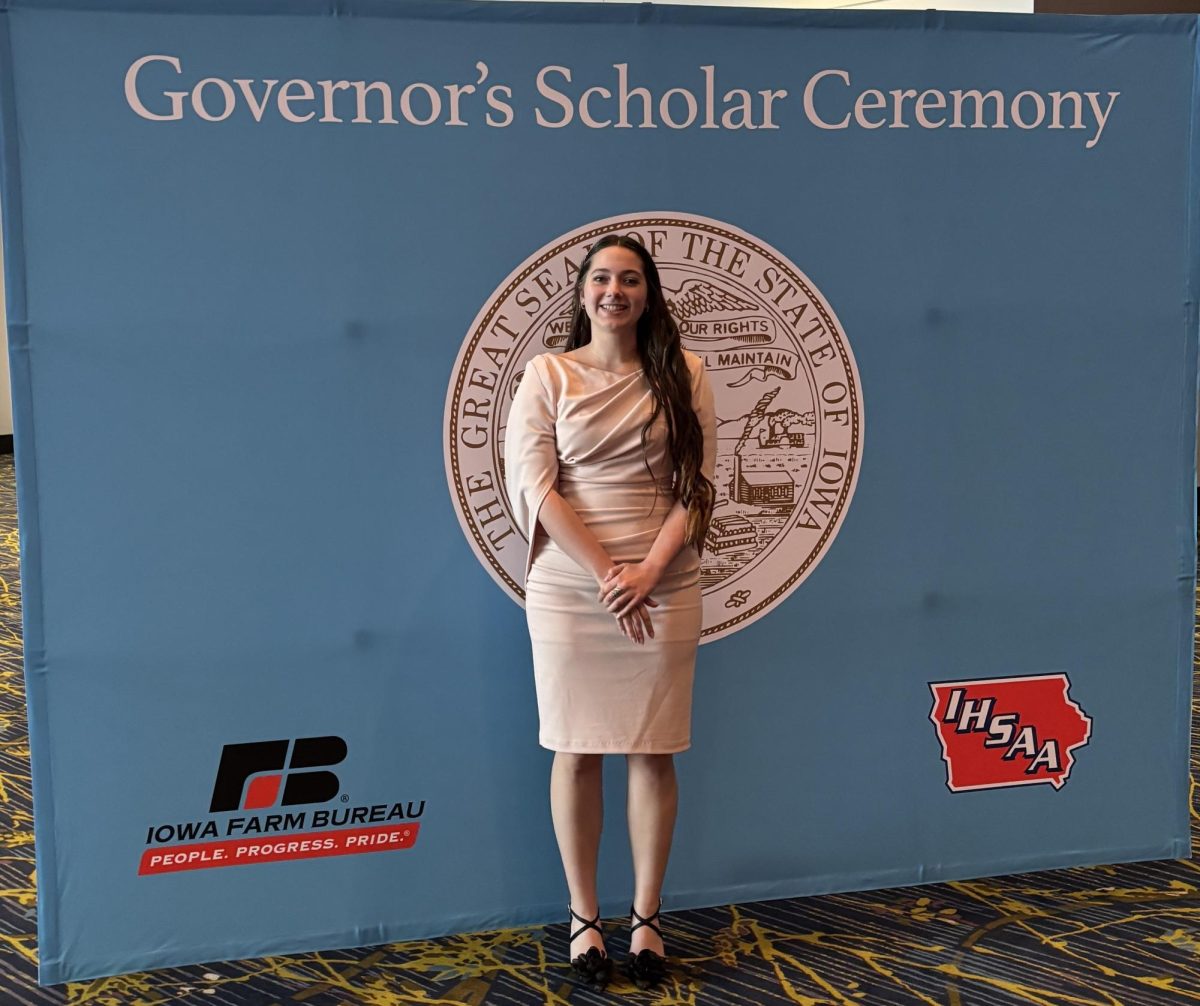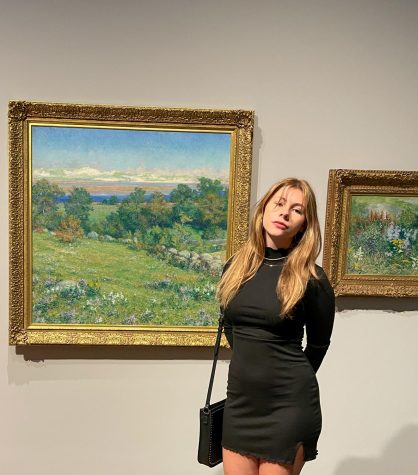Known as the spookiest night of the year, Halloween comes as a treat from many different cultures. There is more meaning to Halloween than tens of millions of Americans dressing up, carving pumpkins and handing out candy.
Halloween celebrations date back more than 2,000 years. It’s one of the oldest holidays celebrated in America. It was not named Halloween until much later. First, it was a traditional Celtic festival of Samhain, a day of remembrance, hope and a relationship between the living and the dead.This was where we see Ireland, Britain, and Scotland. These areas were considered Celtic Territories. This holiday is found in many other cultures around the world. Today, festivals such as Día de Muertos resemble Halloween in Mexico.
The Pagan festival of Samhain is from October 31 to November 1 and celebrates the incoming harvest and the dark half of the year. Celts celebrated Samhain believing that a barrier would break between the overworld and the underworld. These spirits wanted to be warded off because they possibly could damage and ruin their harvest.
The 31st of October is when they believed that spirits would make contact with the living world. The Celts also believed this day made it easier for pagan priests to have visions about the future due to the barrier break between spirits and the living. Those visions were typically about how their winter was going to go. Oftentimes it was able to comfort people for the dark, cold winter ahead ensuring their safety.
To start the night, celebrants would start bonfires to burn crops and animal bones as sacrifices to the Celtic deities. They would dress up in animal skins and animal heads and run around trying to tell each other their futures. Lots of eating and drinking was a part of the festival as well.
Not much else is known about this ancient celebration due to its erasure by the Christian church. In 43 A.D. the Roman Empire had taken over the majority of the Celtic territory. This included Ireland, Britain, Wales, and Scotland. When the Romans took over the Celtic lands, they rewrote the traditions and teachings to better fit with Christian beliefs.
Because of the Romans’ 400-year reign over the Celtic territories, Roman Festivals and Celtic Festivals merged. Feralia was a festival to commemorate the dead and the goddess Pomona the goddess of fruit and trees. Feralia was also celebrated during late October, hence why the Roman Empire decided to combine it.
Around the 8th century, Pope Gregory III moved the date of All Saints day (All Hallows Day) from May 13 to November 1. It is believed to be intended to Christianize Samhain as they wanted to push more Pagans to become Christians. This change allowed Pagan and Christan holidays to line up creating a familiarity between the two religions. These festivals combined created the name of Hallow’s Eve.
Once this festival was Christianized, All Hallows Eve became a day of prayer, vigil and fasting, becoming a tamer festival than before.
Despite the changing of some traditions and the suppression of Pagan beliefs, many traditions remained the same. Bonfires, specialized articles of clothing and the idea of “souling” which was introduced in the 16th century. People would go door-to-door asking for soul cakes in return for prayers, which is what is now regarded as trick or treating.
Americans did not begin to celebrate Halloween on a large scale until the Irish began to bring their traditions to America as they emigrated here to escape from the Potato Famine in the 1800s. The one tradition that was carried over was carving Jack O’lanterns. How Irish is that? The Irish used gourds and turnips to carve small lanterns to ward off evil spirits in Europe, but found that pumpkins were larger and easier to carve.
However people choose to celebrate Halloween, enjoy it, be safe and know that people are celebrating a holiday that has quite a storied past.


